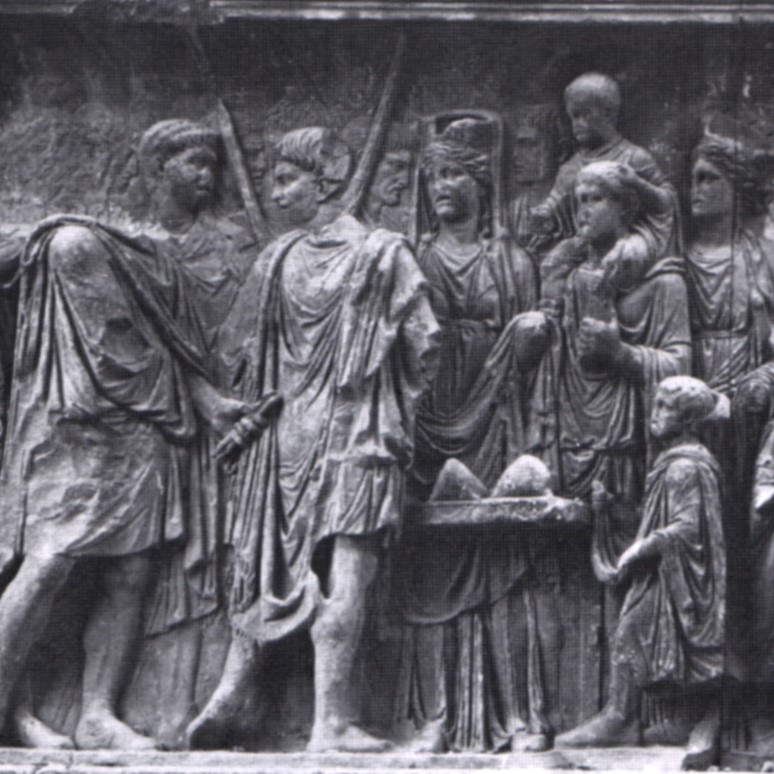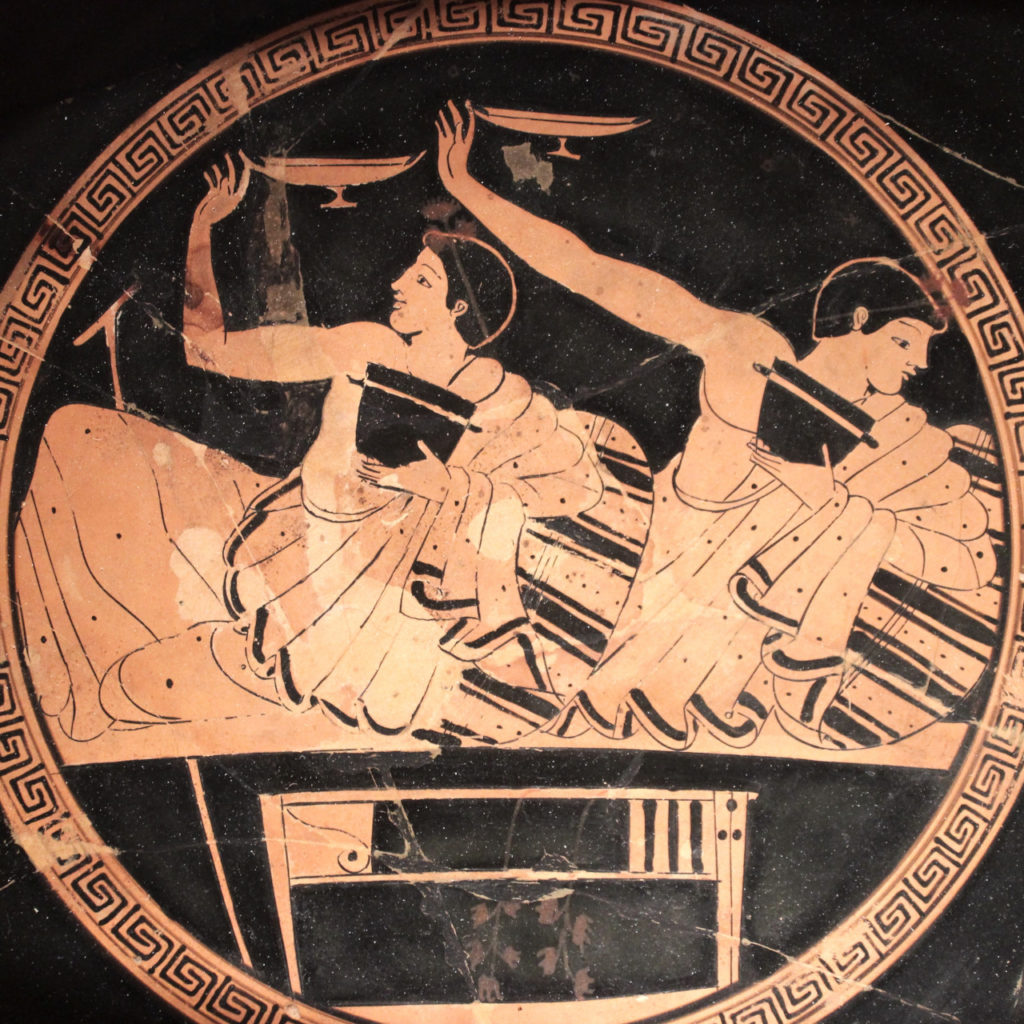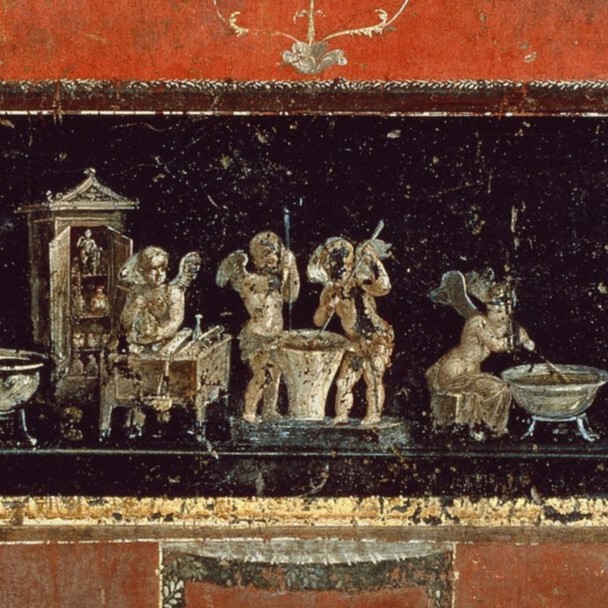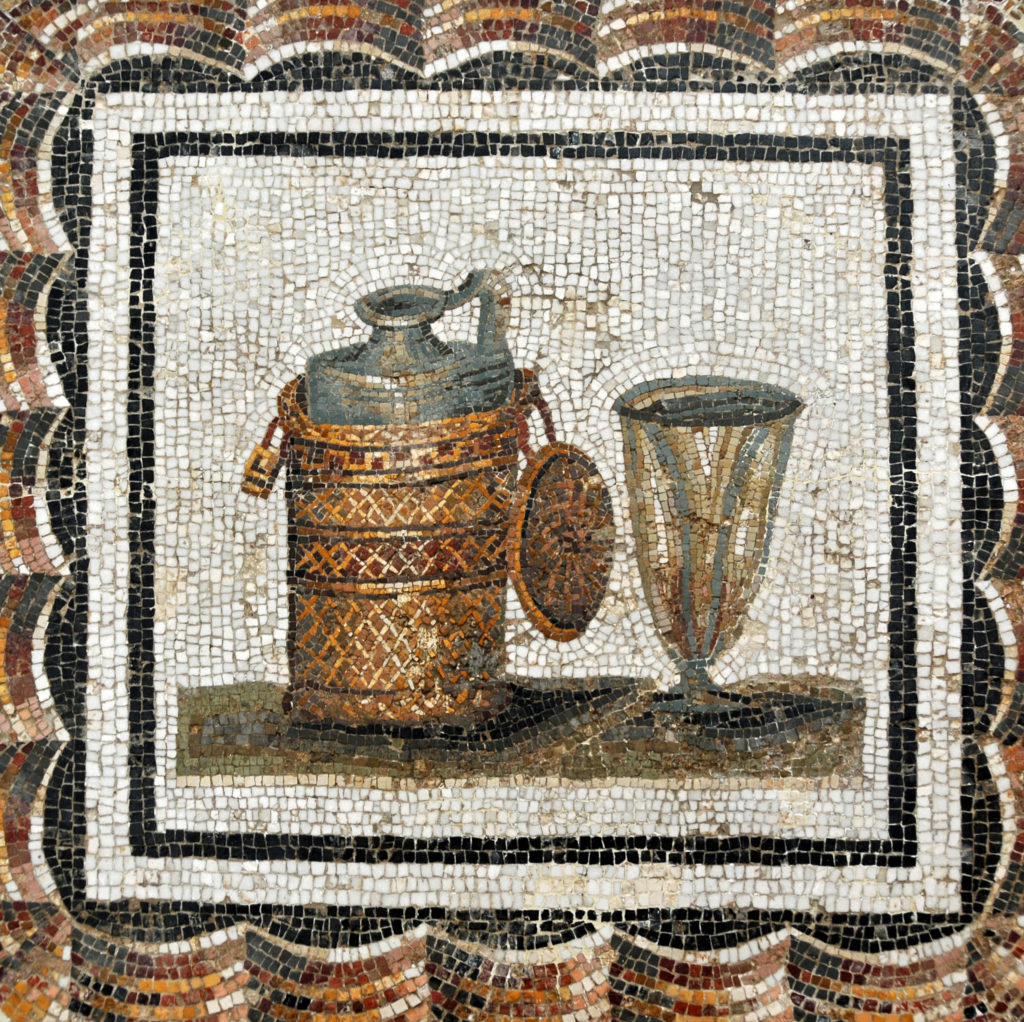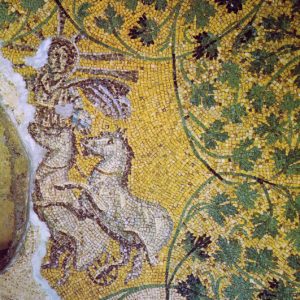
Translated from French with DeepL (please notify us of errors)
At the end of the third century AD, the Roman Empire was a collection of peoples with multiple traditions that tended to break up, while power was also in crisis. In an attempt to bring it back together, the emperor Aurelian (270-275) had an idea: he promoted a new unifying god, the unconquered Sun (Sol invictus). The sun, in fact, shines for everyone, in all latitudes.
The writer Aurelius Victor relates that Aurelian, after defeating no less than the Persians, the Alamanni and the Germanic tribes of Gaul, and then putting down various internal revolts, “erected in Rome a magnificent temple dedicated to the Sun, which he adorned with the richest gifts.”[1]
This new cult, taking up aspects of the mythology of Apollo and the Indo-Iranian cult of Mithra, is far from being exclusive: it is superimposed on others in the Roman pantheon or on foreign cults. However, it was intended to be universal, replacing an imperial cult that had fallen into disuse. Aurelian instituted an official festival called the “day of the birth of the Sun” (in Latin dies natalis solis invicti). This was logically located at the winter solstice, when the days became longer, which fell on 25 December according to the calendar of the time.
A few decades later, Emperor Constantine I, a fervent worshiper of Sol at the beginning of his reign, made the “Day of the Sun”, corresponding to Sunday, the weekly day of rest (the English Sunday and the German Sonntag keep the memory of this).
According to Christian tradition, Constantine converted in 312 after a battle with a rival. What is certain is that he granted freedom of worship a year later, by signing the Edict of Milan with his co-emperor (and future enemy) Licinius, putting an end to the persecution of the followers of Jesus. However, in 330, Constantine was still represented as Sol invictus at the top of a column commemorating the foundation of his new capital, Constantinople.
For Sol, however, the twilight is inexorable. Step by step, the cult of Jesus Christ eclipsed all the gods of the old religions. Emperor Theodosius I, in 391, caused the star to lose its last ray: he banned its worship.
The most reckless interpreters might observe that this proscription coincided with the end of the “Roman climatic optimum”, a period of several centuries that was particularly mild and warm. It is as if the sun had taken umbrage with its relegation.
But as we know, the festival and the symbolic significance of 25 December will not disappear for all that.
Happy Dies Natalis Solis to all!
[1] Aurelius Victor (v.320-v.390), De Caesaribus, XXXV, 7 : His tot tantisque prospere gestis fanum Romae Soli magnificum constituit donariis ornans opulentis.
Other articles in English from the Nunc est bibendum blog
